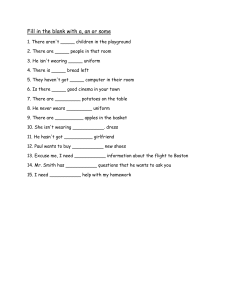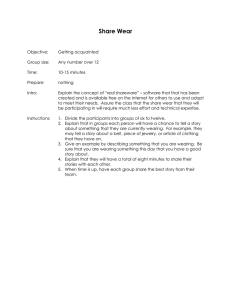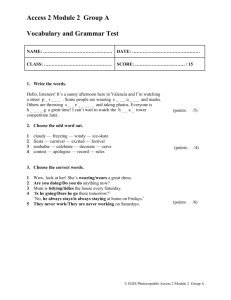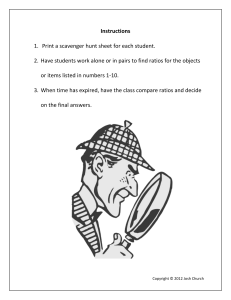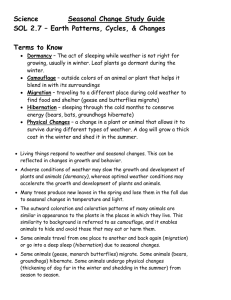Seasonal Change Study Guide Adaptation Migration
advertisement
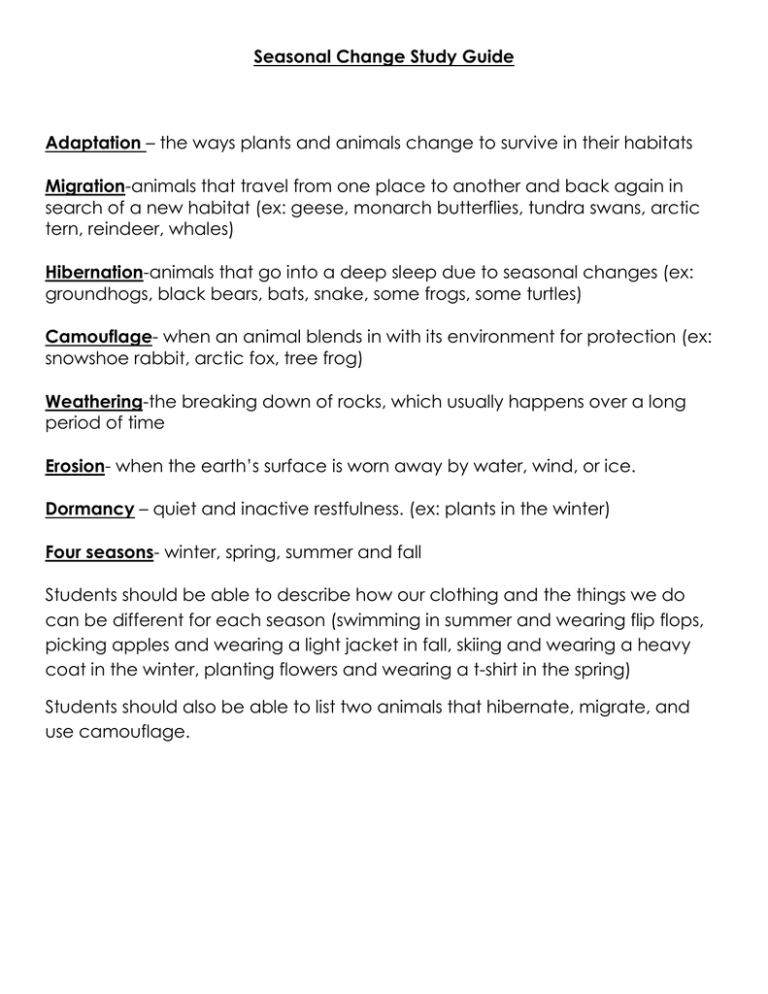
Seasonal Change Study Guide Adaptation – the ways plants and animals change to survive in their habitats Migration-animals that travel from one place to another and back again in search of a new habitat (ex: geese, monarch butterflies, tundra swans, arctic tern, reindeer, whales) Hibernation-animals that go into a deep sleep due to seasonal changes (ex: groundhogs, black bears, bats, snake, some frogs, some turtles) Camouflage- when an animal blends in with its environment for protection (ex: snowshoe rabbit, arctic fox, tree frog) Weathering-the breaking down of rocks, which usually happens over a long period of time Erosion- when the earth’s surface is worn away by water, wind, or ice. Dormancy – quiet and inactive restfulness. (ex: plants in the winter) Four seasons- winter, spring, summer and fall Students should be able to describe how our clothing and the things we do can be different for each season (swimming in summer and wearing flip flops, picking apples and wearing a light jacket in fall, skiing and wearing a heavy coat in the winter, planting flowers and wearing a t-shirt in the spring) Students should also be able to list two animals that hibernate, migrate, and use camouflage.
